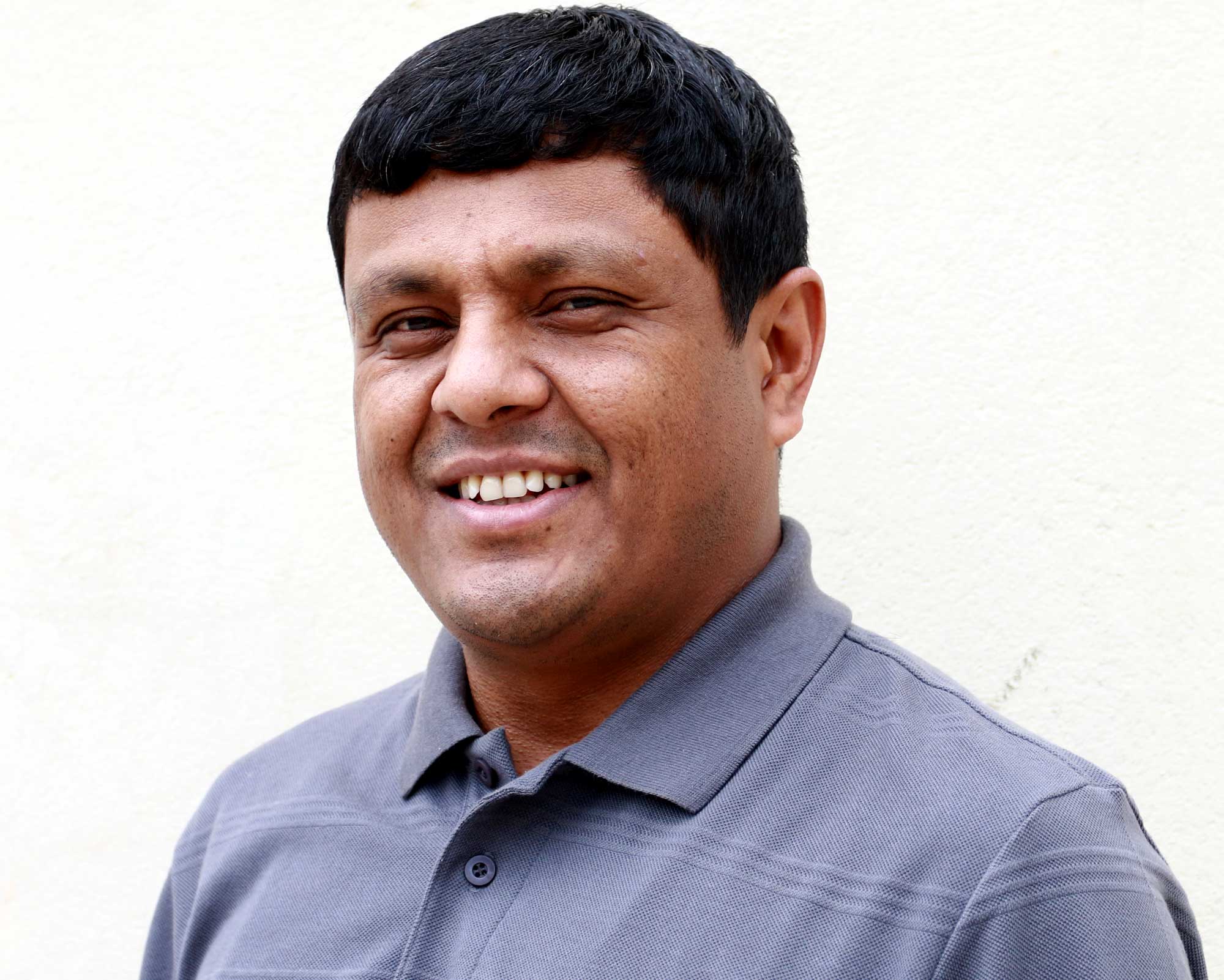Opinion
The forgotten fighters
Former Maoist combatants must be politically integrated so that they see the Nepali state as theirs as much as other citizens do
Ram Kumar Bhandari & Simon Robins
From being the greatest stumbling block to finalising the peace process only a few years ago, the issue of what the Comprehensive Peace Agreement called the ‘Maoist army’ has now disappeared entirely from the political agenda. Four years ago, the Maoist Party finally consented to the dissolution of the People’s Liberation Army (PLA) after years of haggling with the other parties over the terms of that process. Today, the senior leaders of the (yet again) newly renamed Maoist Party appear extremely comfortable in the world of corruption and patronage, their days in the hills during the ‘People’s War’ as much forgotten as the young men and women who fought it.
However, we were interested to know what happened to the veterans of a conflict that scarred the nation, particularly since many of those veterans, often recruited as young teenagers, were now unemployed, stigmatised and unprepared for a world that valued the education they had missed over their years carrying a gun. We trained a group of 12 ex-fighters from six districts to interview their ex-comrades about their lives today and the challenges they faced. The interviews with 241 ex-PLA fighters, conducted in 2014-15, paint a picture of how big a price many paid for their involvement in the ‘People’s War’, despite a continuing commitment to the ideals of social justice for which they fought. Whereas the majority of them left the cantonments in 2012 with substantial cash payments to facilitate their ‘voluntary retirement’, others were ‘disqualified’ for having been recruited as minors while some others left the cantonments early on party orders or were never in the cantonments.
Social, economic and political
The idea of reintegration after the conflict was challenged by the fact that only a minority of ex-combatants had returned to their original homes. Only a few were willing to return to their original homes, due to a lack of opportunities—because their political engagement had built far greater expectations—and in many cases, they faced extreme stigma. Only a quarter of those interviewed had returned to their home communities, while most had either moved to urban areas or to ‘new communities’—often close to cantonment sites—in which there was a significant presence of ex-PLA fighters or other Maoist supporters. The stigmatisation that the ex-PLA fighers experience has a range of motivations, including having been labelled as ‘disqualified’, being linked to the behaviour of Maoist cadres during the conflict, and having left their community with great ambition and returning without any discernible social or political change. Women faced distinct challenges, with marriages that took place within the Maoist movement, often outside their caste or ethnicity, frowned upon by families and communities.
For all, earning a livelihood was a challenge, not least because PLA cadres had largely been recruited as young teenagers and had missed years of education and opportunities to develop skills and experience. Some of those who had received payments used this as capital to buy land, a house or start a small business, while others reported that they spent most of it on medical treatment. The vocational training received in the cantonments was perceived as being of such poor quality that it was useless. Among the interviewees, the most common source of livelihood (40 percent) was their own small business, while 20 percent of them are working on either their own or rented land and 14 percent are doing daily labour. It is perhaps remarkable that so many ex-combatants have apparently achieved a level of livelihood comparable to other Nepalis, despite the huge challenges they faced. However, whilst the ex-PLA fighters may be no poorer than their typical neighbour, their perception of the sacrifice they have made and their resulting expectations translate into extreme resentment at their present condition.
For the ex-PLA combatants to be effectively integrated, they must be politically integrated, and see the Nepali state as theirs, as much as other citizens do. The process of demobilisation is widely seen as surrender and great humiliation by some. Most ex-PLA have affirmed their commitment to what they fought for and many have joined one of the radical Maoist factions that have split from the mainstream party.
Actors for peace
The mobilisation of this project to create the Ex-PLA National Network began from networks at the district level, built to create a model for a regional and national structure that can serve to represent all ex-PLA. District groups seek to play a role as peace actors in their local communities, advancing their agenda through dialogue, direct meetings and the media. The first national assembly of ex-PLA representatives was held in Kailali in February 2015 and led to the adoption of a common national document. The activities of the district groups include both internal dialogue to provide solidarity and support to ex-combatants, and community dialogue that brings ex-PLA fighters, community members and local officials together to resolve difference and build reconciliation. The aim at both local and national levels for the ex-PLA Network is to play a role in peace building and in creating a new post-conflict role for ex-combatants.
The process of demobilising the PLA was one led by the political imperatives of the leaders of the dominant political parties, rather than the interests of the nation or ex-combatants themselves. As a result, there was largely no process of reintegration for ex-PLA fighters leaving cantonments beyond cash payments. Almost half of those initially in the cantonment—and probably a greater fraction of those who had been associated in any way with the PLA—were not addressed in any way by the demobilisation. The greatest challenge to the process was and is the large gap between the expectations of ex-PLA combatants and what they received upon demobilisation.
Nepal is still seeking to deal with its violent past, not least through a long-stalled and highly flawed transitional justice process. However, the principal lens though which the past is seen remains one of victims and perpetrators. But since the ex-PLA fighters see themselves as neither, they are marginalised from this. It is important that either dedicated processes are created to address the issues of ex-combatants or existing mechanisms, such as the Truth and Reconciliation Commission, seek to ensure that the issues of ex-PLA fighters are not sidelined. Beyond this, there remains a need for ex-combatants and Nepalis to engage with their past more broadly, through non-institutional truth-telling processes. The experiences of the ex-PLA fighters will be crucial to these.
Bhandari is an activist and researcher; Robins is Senior Research Fellow at the Centre for Applied Human Rights, the University of York, UK




 11.12°C Kathmandu
11.12°C Kathmandu











